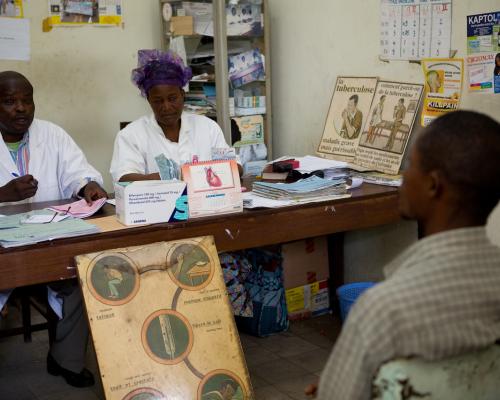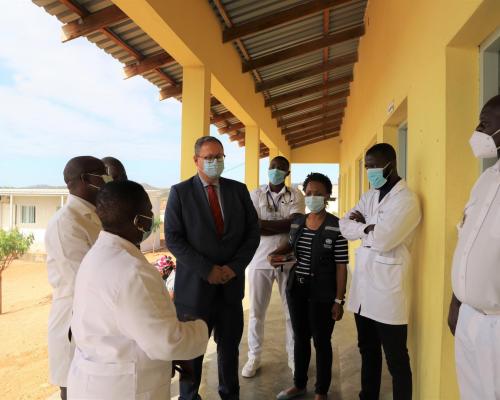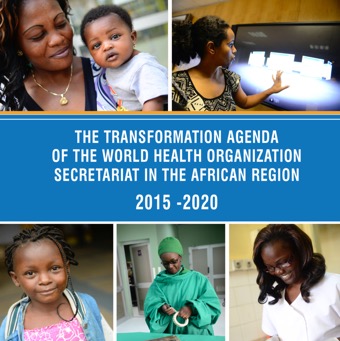Addis Ababa – Ethiopia has made major strides in reducing the prevalence of leprosy, eliminating it as a public health problem in the country in 1999, following consistent efforts spanning over four decades.
While the elimination threshold of 1 case per 10 000 population has been achieved, Ethiopia still reports around 3000 cases of this neglected tropical disease per year. This is due to the persistence of low community awareness about the disease, fear of stigma and discrimination, and limited active leprosy case finding and contact tracing. In 2023, around 10% of these were new cases with grade 2 disability, usually entailing visible deformity and severe visual impairment.
With support from World Health Organization (WHO) and partners, Ethiopia is scaling up its efforts to achieve the elimination of leprosy by 2030 in line with the Organization’s global leprosy strategy. Since 2021, health authorities have been conducting active case-finding in 142 leprosy-endemic communities in a bid to ensure earlier diagnosis and treatment, while also bolstering efforts to increase community awareness.
After two weeks, a friend convinced Shambel to go to ALERT Comprehensive Specialized Hospital in Addis Ababa, which focusses on diagnosing, treating and providing rehabilitation services for leprosy.
“Until I was diagnosed, I had never heard of or seen a disease like this,” Shambel says. “Before coming here to ALERT, I never thought that I could get cured. But when the doctor told me that I will be cured if I take the medication, I felt very happy.”
“Collaborating closely with government and partners like WHO, we are really playing a crucial role in diagnosing, providing treatment and giving care for leprosy patients,” says Dr Shimelis Nigussie, who has been working as a consultant dermatologist at the hospital for more than 15 years.
“We also have an outreach programme, whereby experts from ALERT go to the five other leprosy referral centres that we currently have in Ethiopia and provide technical support,” he adds.
“We work to increase public awareness during leprosy case-finding campaigns,” says Abiy Abata, managing director of ENAPAL. “People are still not well-informed about the disease, and that can lead to discrimination and stigma.”
WHO has provided financial and technical support to ENAPAL, relying on the organization’s insight into stigma and discrimination during the development of guidelines and leprosy case finding campaigns coordinated by the Ministry of Health and WHO.
“If you take the medicine in the early stages, you will not have a disability. But some patients are reluctant to visit the hospitals, only going when they already have disfigurements or disabilities,” he says. “This is why leprosy is a disease where we have to actively go and find new cases and ensure that people are provided medication from a very early phase.”
This new approach is bearing fruit. “We have already seen an improvement from 2022 to 2023,” says Taye Leta, manager of the National Leprosy Programme. He highlights that there has been an almost 7% reduction in the total number of new cases over this period, a 32% reduction in new cases among children, and a 25% decrease in cases with grade 2 (severe) disability.
Having been referred to ALERT late, Degene was left with minor disabilities and disfigurement. But ENAPAL provided financial support for him to start his own business: a small refreshments stall next to the hospital. “After nine months, I was entirely self-sufficient,” he says. “I have never felt any stigma from my friends or family.”
Communication officer
WHO Ethiopia
Email: yfita [at] who.int (yfita[at]who[dot]int)
Communications and marketing officer
Tel: + 242 06 520 65 65 (WhatsApp)
Email: boakyeagyemangc [at] who.int (boakyeagyemangc[at]who[dot]int)








